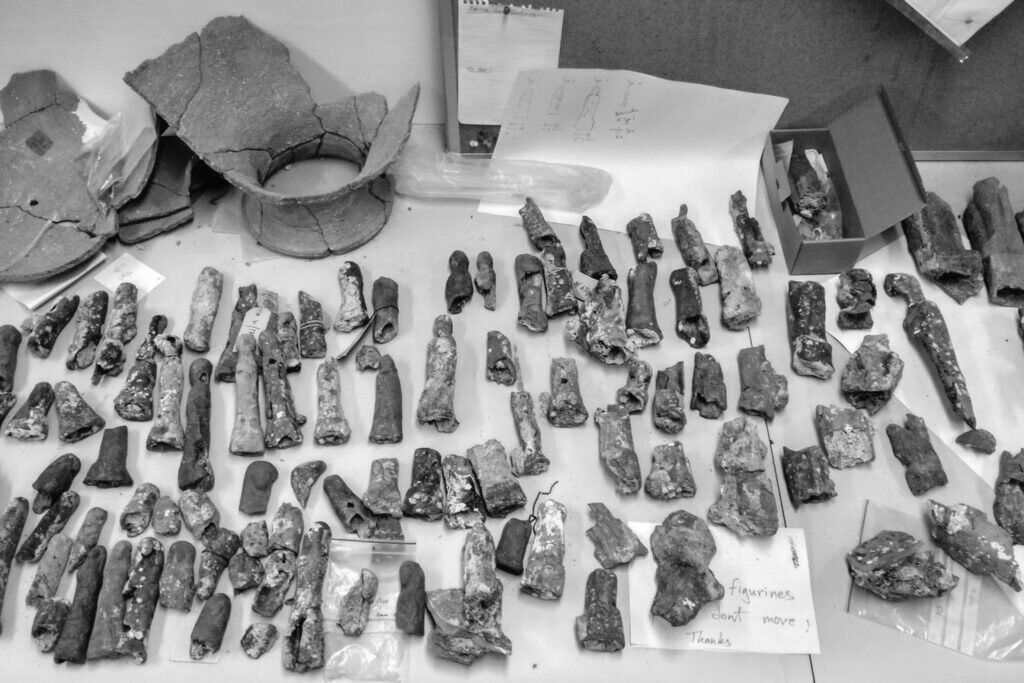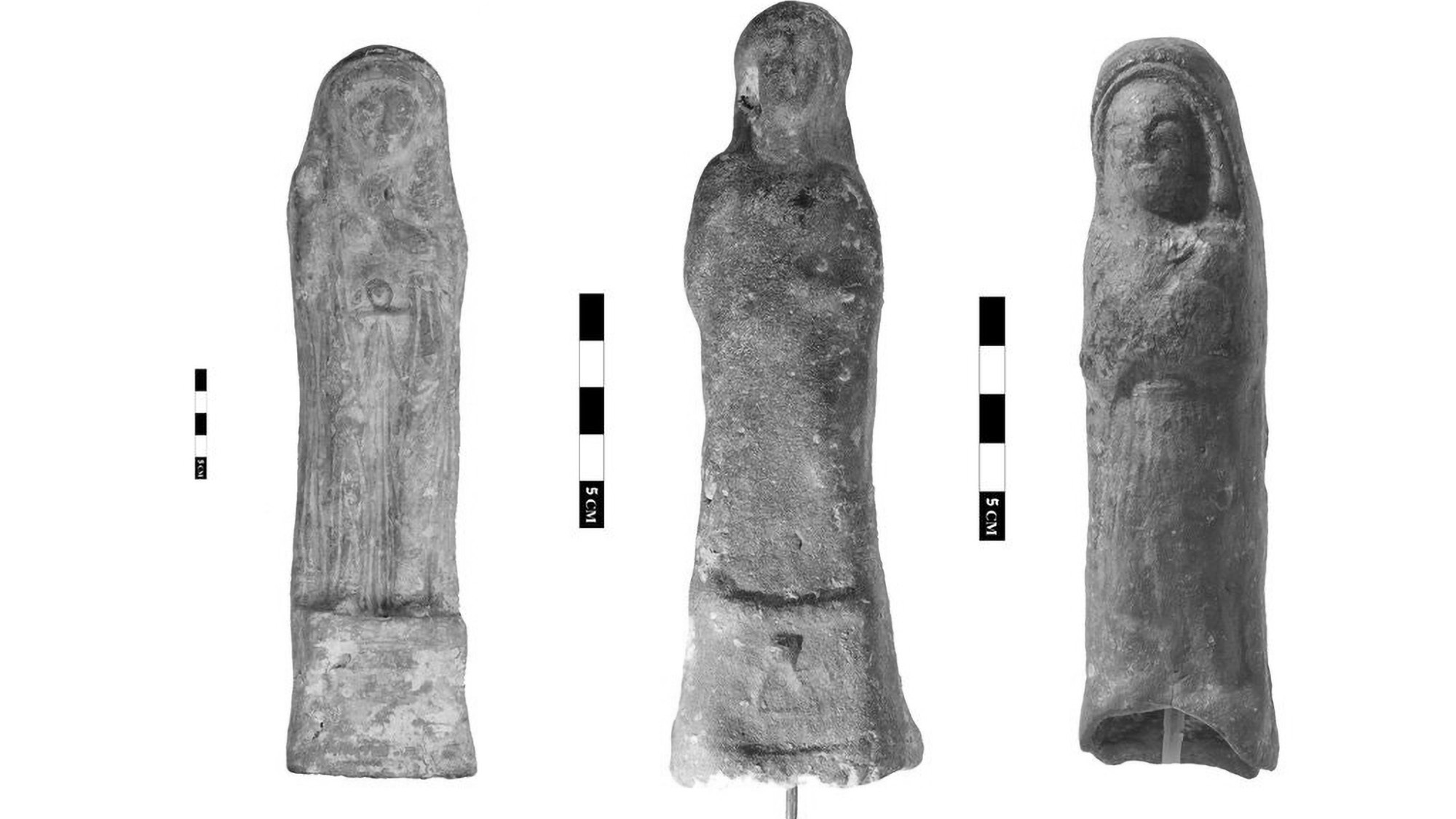A trove of ancient clay figures found off the coast of Israel in the 1970s and thought to be from a single shipwreck over 2,500 years ago were actually accumulated over centuries in a series of Phoenician offerings to the Gods.
In one of the earliest finds of marine archaeology, researchers discovered hundreds of clay figurines on the seabed off the coast of Israel in 1972.
Experts at the time assumed the ancient artefacts were from a Phoenician shipwreck that had rested under the Mediterranean for 2,500 years.
Meanwhile, the pieces were never fully analysed and were stored away and forgotten for decades.
New research by Meir Edrey, an archaeologist at the Leon Recanati Institute for Maritime Studies at the University of Haifa in Israel, and his team has produced a new reason for the sunken treasure.
Scientists believe the artefacts were not deposited on the seabed all at once in a shipwreck, but were in fact accumulated over around 400 years between the 7th and 3rd centuries BC.

The artefacts were offerings to the Gods as part of a cult devoted to seafaring and fertility.
Dr Edrey said: “These figurines, the majority of them, display attributes related to fertility, to childbearing, and to pregnancy.”
The Phoenicians were a seafaring merchant culture that spanned the Mediterranean and reached its height during the millennium before Carthage was defeated by Rome in 146 BC.
A number of the Phoenician figurines began turning up in the 1970s on the black market and investigators found hundreds of figurines and clay jars at a site called Shavei Zion off the coast of Galilee.
At the time, they were attributed to a shipwreck dating to the 6th century BC.
However, Edrey’s team found that many items were very different in style suggesting they came from different time periods.
Researchers analysed over 300 figurines and many had symbols associated with Tanit, a goddess of the Phoenician pantheon and main goddess of Carthage by the 5th century BC.
Other items bore fertility symbols including a pregnant woman carrying a child.
Aaron Brody, director of the Bade Museum at the Pacific School of Religion, said: “Tanit was the mother goddess for the pantheon. She quite literally was the mum of the family of deities.”
He added: “The figurines are in some ways kind of a bridge between the earthly world and the divine.”
Knowledge of Tanit and Phoenician religion in general is limited as most of the documents from that period have not survived.
The research is ongoing.
To find out more about the author, editor or agency that supplied this story – please click below.
Story By: Lee Bullen, Sub-Editor: James King, Agency: Newsflash
The Ananova page is created by and dedicated to professional, independent freelance journalists. It is a place for us to showcase our work. When our news is sold to our media partners, we will include the link here.




